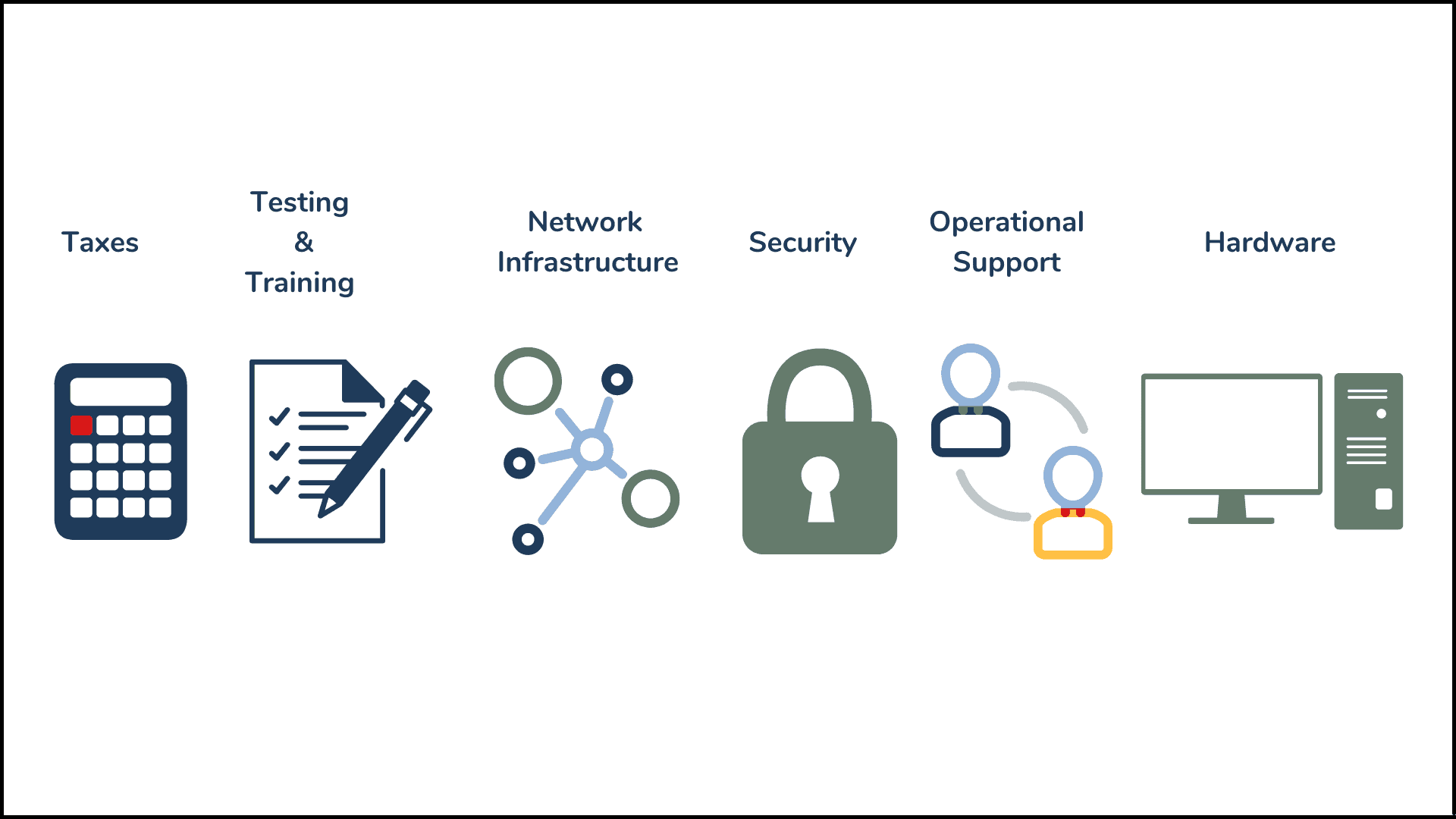There are over around 150,000 B2B SaaS companies in the market, each vying for your attention. Forrester estimates that the number will reach 1 million by 2030. As workforces and companies change, SaaS solutions are growing more and more prevalent across all industries.
What does this glut of cloud vendors mean for you? It means that you’re going to see an increasing in marketing and vendor sales collateral. This has two consequences: First, it’s annoying. And second, it makes it harder to do research on the products you need.
As the vendor ecosystem swells larger and larger, it gets more difficult to sift through marketing documentation and find any concrete information. When all your research leads you to collateral telling you that each specific vendor is the best, how do you tell them apart?
Here are 4 tips to cut through the noise and narrow down the market. When you eliminate potential vendors at the beginning of your purchasing journey, you make it easier to compare potential solutions and find what works for you. Spend your effort focusing on real solutions, instead of trying to decipher white noise.
1. Document What You Need
Before you start doing research, build a consensus on what you’re buying. This means:
-
- Meet with members of multiple teams, including IT leadership and the people who will manage the product once it’s implemented.
- Document your business goals first. Don’t focus on technology until you know what your company wants to achieve.
- Analyze what you’re replacing. What business processes do you need to keep? What are you hoping to get rid of with a future purchase?
2. Understand Your Constraints
What are your non-negotiables for a new enterprise tech solution? Understanding what you absolutely need helps you narrow down vendors before you even start shopping. Working within your constraints helps you quickly eliminate vendors that can’t meet your requirements. To get a feel for your constraints, think about:
-
- Cost: Are you eliminating OPEX, or adding to it?
- Build vs. Buy: Do you want a fully managed product, or do you want your in-house team to build a custom solution?
- Timeline: When do you need this installed, and what is driving that deadline?
- Integration requirements: What existing applications will this new product need to integrate with?
- Operating Model: Do you want full control of your product, or do you want to outsource some (or all) of the management to a vendor?
3. Define The Vendor You Want
When you purchase a cloud application, you’re buying more than just software – you’re buying a vendor relationship. Most monthly contracts are at least 3 years, with financial incentives for even longer terms. You’re entering a long-term relationship, so make sure you choose the right partner. Ruling out vendors that don’t meet your requirements is a good way to narrow down the field. Make sure you consider the following:
-
- Vendor Size: Do you want to be a large fish in a small pond, or a small fish in a large pond? Each size has its pros and cons: large vendors can offer reliability while small vendors can offer highly personalized support.
- Vendor Support: Do you want a vendor support team to fully manage your solution, or do you want to fully manage the software?
- Vendor Age: Do you want a vendor that is new to the market, or a tried and tested, legacy provider? You may have to sacrifice flexibility for reliability.
- Vendor focus: Do you want a vendor that does one thing only, or a vendor that provides a whole host of services?
- Vendor History: Do you want to use an existing vendor? Or do you want to forge a new relationship?
4. Map Your Business Objectives to Specific Features
After identifying your business goals, start translating them to technical requirements. This helps you understand the features you need, and lets you ignore the features that aren’t required. Think about:
-
- What existing features work well?
- What existing features cause problems and inefficiencies for users?
- What specific tools, features, or functionality will help you meet any new business goals?
When you’ve answered these questions, you can tune out a majority of the marketing noise to focus on what you actually need. If you’re still having trouble sorting through the noise, reach out – it’s our job to know the differences between vendors, even when it’s hard to tell them apart.


.png)



